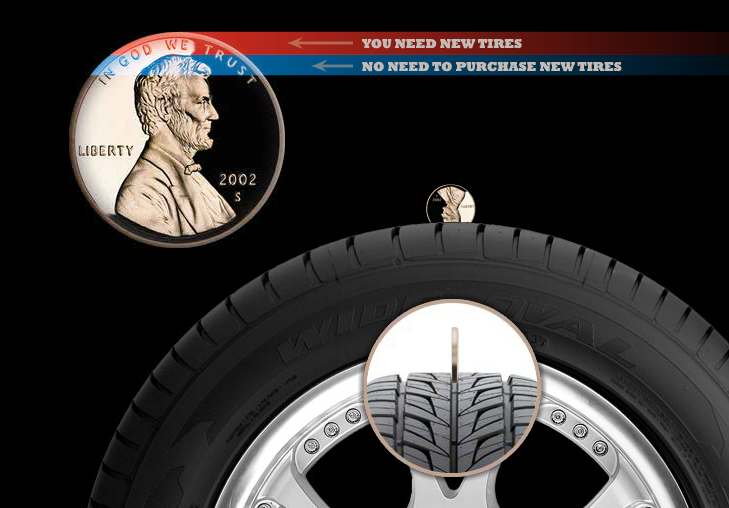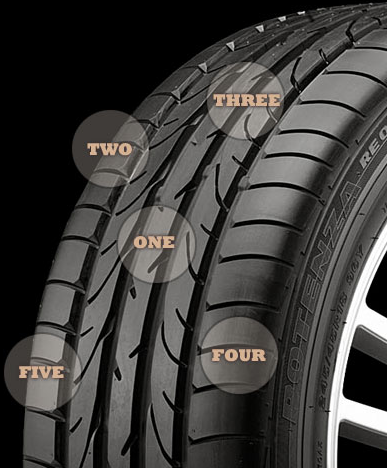With the winter months here, it’s important to make sure your adaptive vehicle is in good shape to maximize protection and prevent breakdowns brought on by cold weather conditions. Here are some key items we recommend having checked on your wheelchair accessible vehicle to keep it running at its best and avoid the inconvenience of being stranded outside and emergency repairs.
Get Your Battery Tested
Cold weather can dramatically reduce the strength of your mobility vehicle’s battery. It’s important to have your battery tested to insure it’s fully charged. This is especially true if your battery is over two years old. And don’t forget to have your battery cables, posts and fasteners inspected. The cables should be in good shape and firmly connected to the battery.
Replace Your Wiper Blades
It’s recommended you replace your windshield wiper blades every six months. Ice and snow can be rough on the soft rubber, so we suggest replacing them with a heavier winter blade. Windshields get dirty quickly in the winter months from the sand, salt and spray off the road, so refill your washer fluid often for optimum visibility. Use a 50/50 mix of washer and water.
Check Your Tires
Make sure all of your tires including the spare are in good condition. Take a good look at the tread and consider replacing or rotating your tires if they are starting to wear out. Also check your tire pressure regularly. Cold weather causes tire pressure to drop and may result in the sensors indicating an unsafe driving pressure. Proper tire inflation makes for safer driving and better gas mileage.
Check Hoses, Clamps and Drive Belts
A belt or hose failure can cause serious engine, steering and electrical problems. Have your hoses checked for leaks or soft spots especially around the clamps. The thermal fluctuation between hot and cold can be even more severe in winter than summer months. Flush and refill your cooling system with a 50/50 mixture of antifreeze and water. It’s also a good idea to make sure the heater and defroster are in good working condition.
Make Sure Your Mobility System Is Operating
Your conversion equipment is exposed to the elements as you enter and exit your handicap accessible vehicle and winter weather can compound those effects. Make sure your lift or ramp are lubricated and adjusted properly. Check the doors, mechanisms and ramp assembly for corrosion and rust. Snow, salt, sand and ice can easily cause problems.
Something to remember no matter what time of year is that having your oil changed regularly is probably the most important thing you can do to extend the life of your vehicle and keep it running properly.


